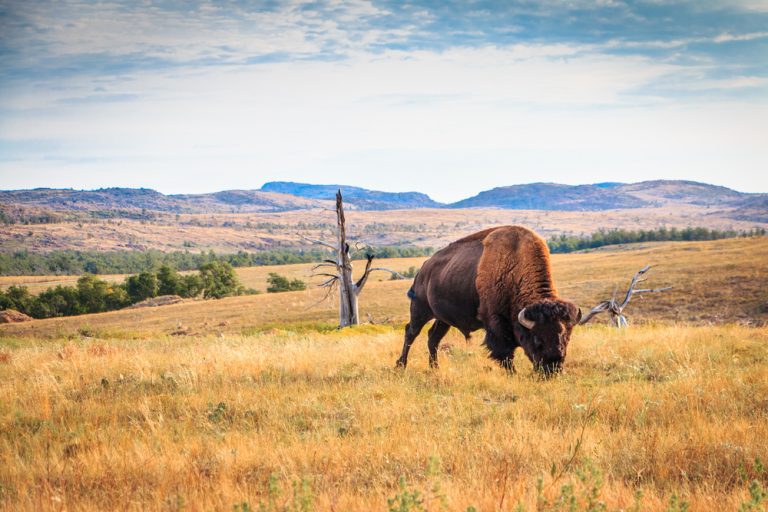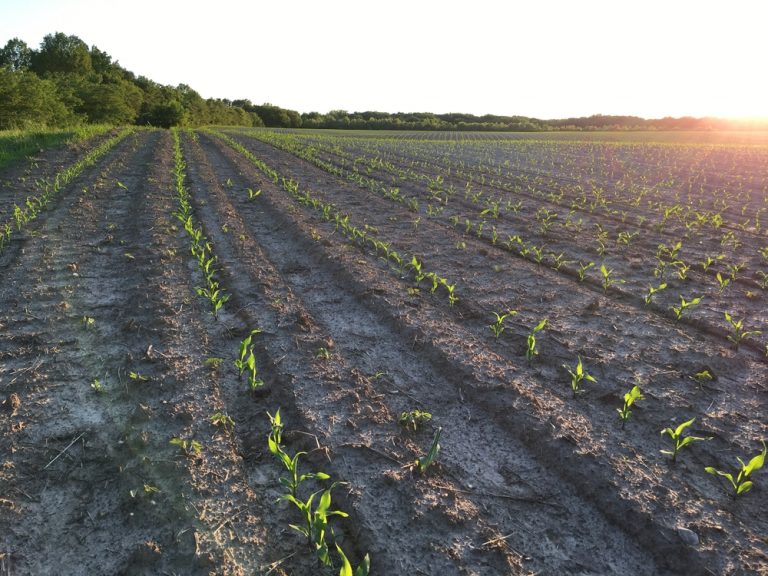
What is a carbon footprint?
When tribal governments, enterprises, employees and members use energy or products manufactured with fossil fuels, there is generation of carbon dioxide and other greenhouse gas emissions (GHGs) that contribute to climate change. The combination of emissions caused by work, home, transportation and daily life is known as a ‘carbon footprint.’ Carbon offsets are a practical and effective way to address climate change and encourage the growth of renewable energy. Carbon offsets are also an excellent opportunity for tribal nations to protect their land and generate sustainable, long-term income. NICC provides the resources, training and support to assist with the development of carbon projects. CALCULATE YOUR CARBON FOOTPRINT by using the TiCO2e carbon calculator



National Indian Carbon Coalition
Formed by the Indian Land Tenure Foundation (ILTF) and the Intertribal Agriculture Council (IAC), NICC is an Indian-led non-profit program that helps tribal nations and individual Indian landowners take advantage of carbon credit and enter environmental commodities markets through the development of carbon sequestration or offset projects. NICC views these projects as economic development opportunities that preserve tribal nation and tribal member land ownership while returning profits to reservations economies and communities.
NICC’s mission is to preserve tribal land ownership and reduce the effects of climate change by conserving the natural resources of tribal lands in order to minimize human-caused greenhouse gas emissions

Developing carbon credits from agriculture
NICC’s role is to be a trusted, independent source of information and guidance for Tribal Nations and tribal members considering the development of carbon credits on farmland, ranchland and forest lands. Carbon farming is a system of agricultural management that helps the land store more greenhouse gases (GHGs) than it releases into the atmosphere, a process also known as carbon sequestration. Sustainable forest management practices do the same thing. Carbon offsets represent a reduction in greenhouse gas emissions created by sequestration projects, and are sold to buyers who want to offset their emissions.



Preserving natural assets for Indian people
Historically, the pressure for tribal nations and tribal member landowners to develop income from their land took the form of natural resource extraction such as minerals, oil, natural gas, timber, pastures and water. These activities primarily benefited corporations off the reservation and often conflicted with the tribal nation’s ability to retain a healthy environment as well as decision-making control over their land. As new economic opportunities emerge in response to climate change, tribal land which may have been underutilized has become more valuable. It is critical that tribal nations not let their natural resource assets benefit others before it benefits their own communities. The National Indian Carbon Coalition can help.
“We do not inherit the earth from our ancestors; we borrow it from our children.” – Chief Seattle

Benefits to Indian Country
Because tribal nations control large amounts of land used for farming, ranching or forestry, many are uniquely positioned to benefit from participating in the carbon and other environmental commodities markets. The benefits to Indian Country include:
- Additional revenue-generation opportunities from land
- Preservation of tribal land ownership
- Promotion of land stewardship
- Greenhouse gas emissions reductions
- Promotion of soil health, ecological diversity, and water and air quality



NICC's Primary activities
- Work with tribal nations, tribal communities and tribal members to help navigate the complexities of the carbon market and choose credible partners.
- Provide unbiased, independent information and data to tribes.
- Use web mapping and satellite imagery to help determine what type of projects are possible on the land and how much economic value the projects have.
- Offer education and guidance on carbon sequestration, management of carbon projects and project feasibility
- Do aggregation of carbon projects, which links geographically dispersed activities that reduce emissions in similar ways to streamline the process of qualifying and quantifying emissions offsets.

NICC Leadership
Bryan Van Stippen is Program Director for National Indian Carbon Coalition, an initiative of the Indian Land Tenure Foundation (ILTF) that provides education, training and technical assistance to American Indian tribes and Alaska Native Villages on the development of carbon credit and renewable energy projects on tribal land. A member of the Oneida Nation of Wisconsin, Van Stippen previously served for seven years as Tribal Attorney for the Ho-Chunk Nation Department of Justice in Wisconsin where he was responsible for land acquisition and other land-related issues. He earned a Bachelors Degree in Business Administration and a Masters in Computer Information Systems from Tarleton State University in Texas. Van Stippen is a graduate of the University of North Dakota School of Law (J.D.); the University of Tulsa College of Law (LL.M. in American Indian and Indigenous Law); and the University of Arizona James E. Rogers College of Law (S.J.D in Indigenous Peoples Law & Policy). He lives with his wife and two children in Green Bay.
Contact Bryan to learn more about the carbon credit markets and NICC’s services.
